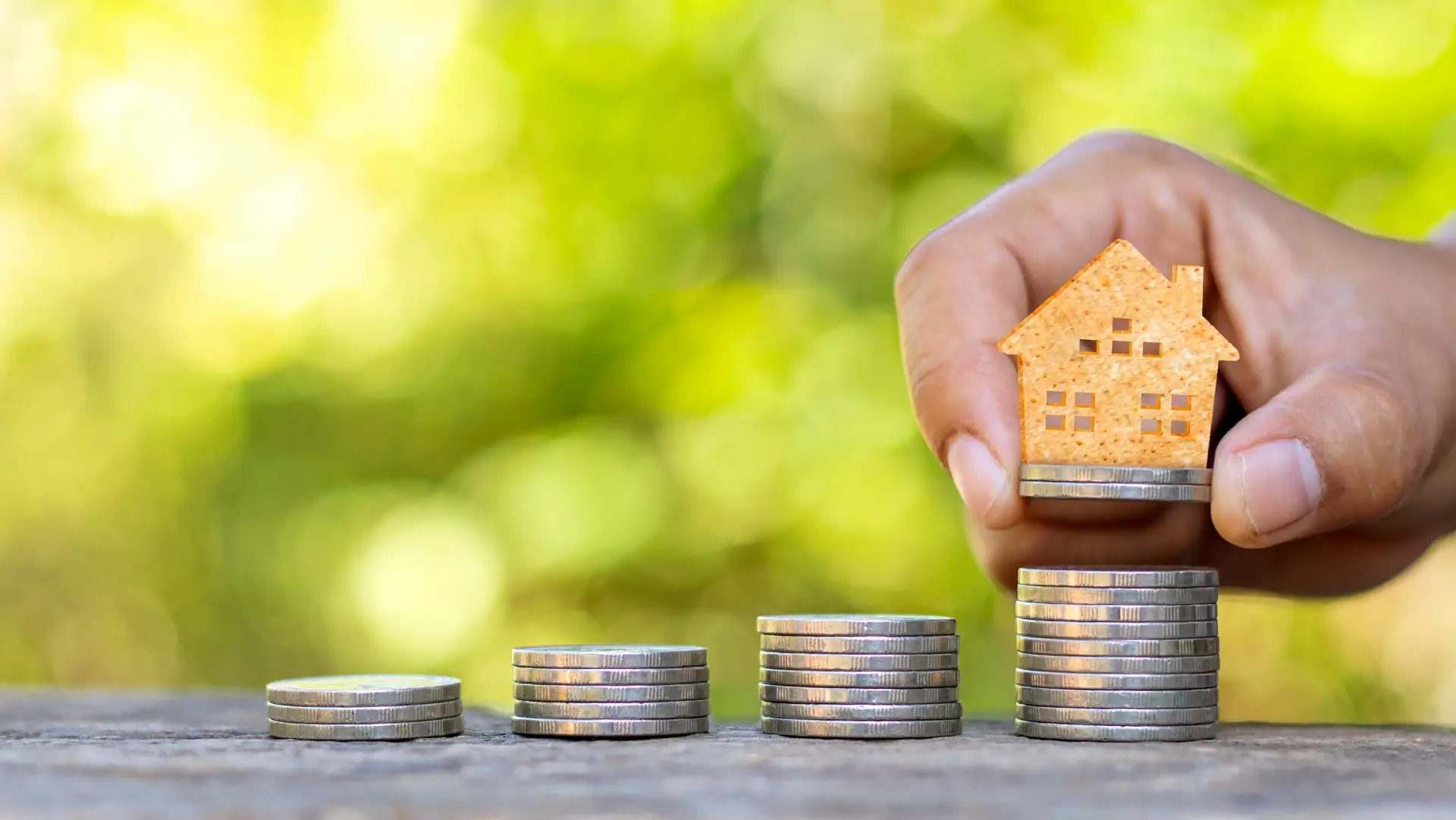The BRRRR method—Buy, Rehab, Rent, Refinance, Repeat—has become a cornerstone strategy for investors aiming to build passive income and efficiently grow their real estate portfolios. By systematically following these five steps, investors can recycle capital, leverage property appreciation, and achieve scalable growth.
This guide provides a comprehensive overview of the BRRRR method, with actionable insights for investors seeking reliable, long-term returns.
What is the BRRRR Method?
The BRRRR method is a systematic approach to property investment that allows investors to maximize returns and build a portfolio by reusing the same initial funds across multiple projects. Through targeted property acquisition, value-driven improvements, and careful financial planning, investors can capitalize on market opportunities and generate consistent income streams.
Below, each stage of the BRRRR framework is explained in detail, with considerations for financing at each step.
Step 1: Buy
The process begins with identifying and acquiring properties that offer potential for value enhancement. Investors typically target distressed or undervalued properties in growth markets with strong rental demand. Securing quick and flexible financing is often essential at this stage, especially for properties that may not qualify for traditional loans due to their condition.
Key considerations:
- Property selection: Focus on properties where improvements can significantly increase market value.
- Financing: Explore options such as conventional mortgages, private lenders, or hard money loans to fund both the acquisition and rehab if necessary. These loans can offer faster closings and greater flexibility compared to traditional financing.
- Financial analysis: Thoroughly assess purchase price, estimated rehab costs, and post-renovation market values. The 70% Rule is often used to guide buying decisions (e.g., do not pay more than 70% of the after-repair value minus repair costs).
- Market research: Evaluate neighborhoods for rental demand, potential appreciation, and overall investment viability.
A reliable financing partner can give investors a competitive advantage in sourcing and securing the best properties.
Step 2: Rehab
Once the property is acquired, the next phase is to renovate and improve it to increase value and appeal to potential tenants.
Key considerations:
- Financing improvements: Funding for repairs may come from initial financing arrangements or separate renovation loans.
- Upgrade priorities: Kitchens, bathrooms, and curb appeal improvements typically offer the best value increase.
- Budget management: Avoid over-improving; concentrate on durable and cost-effective upgrades suited for rental properties.
- Professional standards: Ensure all critical repairs (structural, electrical, plumbing) are completed by licensed contractors to maintain compliance and tenant safety.
- Project oversight: Keep documentation of upgrades, including before-and-after photos, to support future refinancing and marketing.
Efficient project management ensures that the rehab phase is completed on time and within budget, preparing the property for rental.
Step 3: Rent
Once renovations are complete, focus shifts to stabilizing the property by attracting and retaining qualified tenants to generate reliable cash flow.
Key considerations:
- Tenant screening: Implement thorough background checks, verify employment, and request references to ensure reliable occupancy.
- Competitive pricing: Set rental rates based on current market trends to maximize occupancy and returns.
- Clear lease agreements: Draft comprehensive lease contracts detailing expectations, responsibilities, and policies for both parties.
Stabilizing rental income is critical, as it directly supports long-term property performance and future refinancing efforts.
Step 4: Refinance
After the property is rented and income stabilized, investors can transition from their short-term or initial financing to a long-term loan. Many investors choose to refinance into a Debt Service Coverage Ratio (DSCR) loan, which is qualified based on the rental income generated by the property.
Key considerations:
- Refinancing options: DSCR loans and other long-term financing products can help to release equity from the property and reduce financing costs.
- Cash-out refinance: Access the increased equity, providing capital for future investments while maintaining property ownership.
- Lender selection: Work with lenders who understand investment properties and offer products suited to your long-term goals.
Refinancing allows investors to pay off the initial loan and access funds to continue building their portfolios.
Step 5: Repeat
The final step is to reinvest the recovered capital in additional properties, thus repeating the cycle and expanding the investment portfolio.
Why this works:
- Enables portfolio growth without the need for continual new capital.
- Each completed cycle increases both experience and passive income streams.
- Reinforces sound investment practices through repetition and systemization.
Building strong relationships with lenders and industry professionals helps streamline repeat transactions and supports sustained success in real estate investing.
Benefits of the BRRRR Method
- Financing flexibility: Multiple financing options ensure investors can acquire and renovate properties that may not qualify for traditional loans.
- Scalability: The recurring use of the same capital allows for accelerated portfolio expansion.
- Consistent passive income: Rental income supports positive cash flow and portfolio stability.
- Equity growth: Property improvements and appreciation contribute to increased equity and net worth.
This method is ideal for investors seeking strategic, scalable wealth-building opportunities, especially when leveraging flexible financing and efficient management tools.
Conclusion
The BRRRR method is a proven, systematic approach for real estate investors focused on building long-term wealth and passive income. By carefully executing each step—from acquisition and rehab to refinancing and repeat—investors can optimize returns, manage risk, and create lasting value through real estate. Partnering with experienced professionals and utilizing the right financing options are key to achieving sustained success with the BRRRR strategy.
